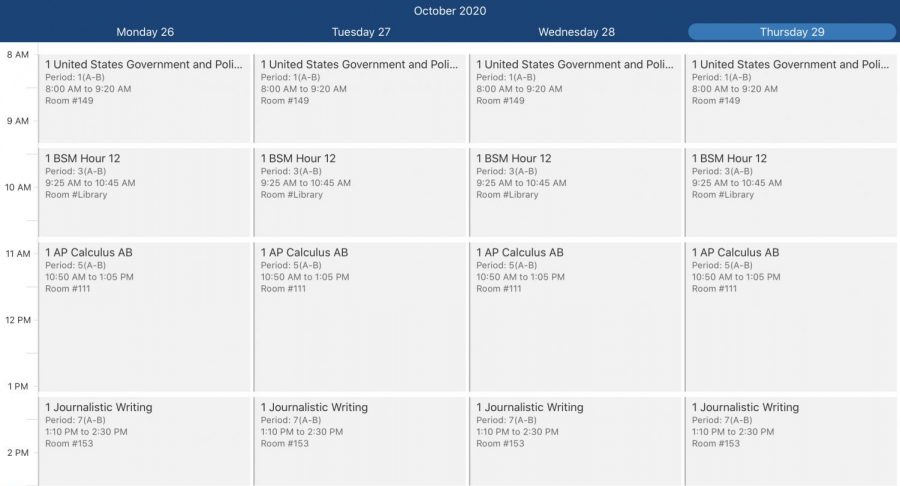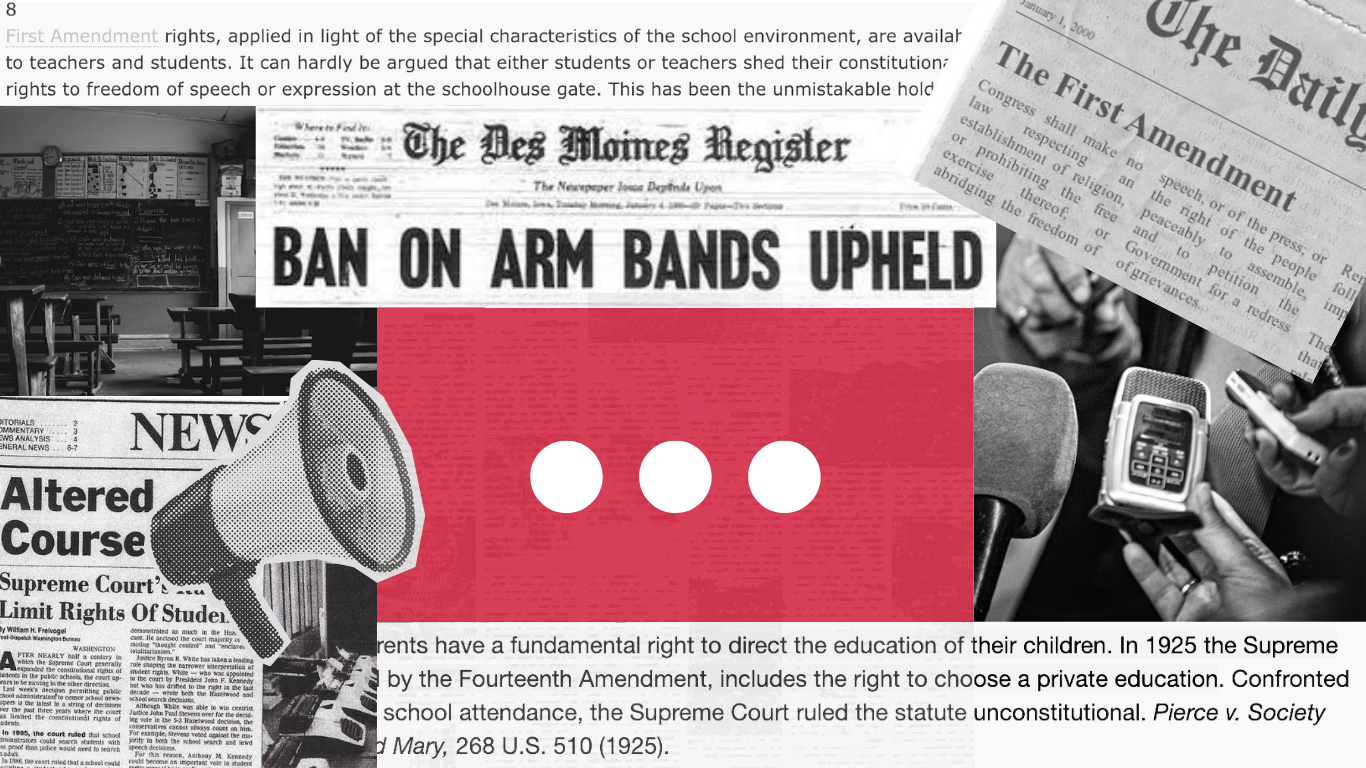The move to block schedules presents advantages and disadvantages for students
BSM moved to block classes this year, which means students attend just four classes every day.
October 30, 2020
During the age of COVID, BSM has decided to move to the block system. The reasoning behind this is to accommodate for virtual learning, so students and teachers can be exposed to fewer students while in person for school. Many students have mixed feelings about the topic.
In the block system, each class is taught for a quarter versus a semester, and what used to be 40-minute periods now run for 80 minutes each day. These longer class periods mean that teachers are often giving students work time in class. “I spend less time each night doing homework, but it feels like there is a lot to do for each class,“ sophomore Val Coppo said.
The block system also requires students to take four classes at a time instead of eight, so the curriculum is taught at double the pace. Many students have noticed that the in-class and at home workload has changed. “I definitely feel that I have a lot less work to do because I have less classes,” junior Bailey Skahan said.
There are many differences between attending school in-person and virtual learning. For example, Sitting in front of a computer watching a zoom is different than being engaged in class. “[Being virtual] feels like it tires you out more,” Coppo said.
Students also have a hard time staying still for longer periods of time during the school day. Many students liked the old eight-period schedule better because it allowed for more socializing. “I got to move around more during the day,” Skahan said.
While some BSM students have many reasons to criticize the new block schedule, other students think it is an improvement. In a recent Knight Errant survey of 234 students, 68.1% of BSM respondents said that this plan is very beneficial for their different learning styles, and 65% of the respondents said they favor the block plan because of the lighter workload.



























































